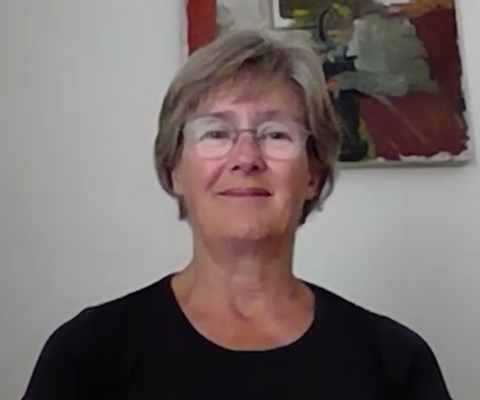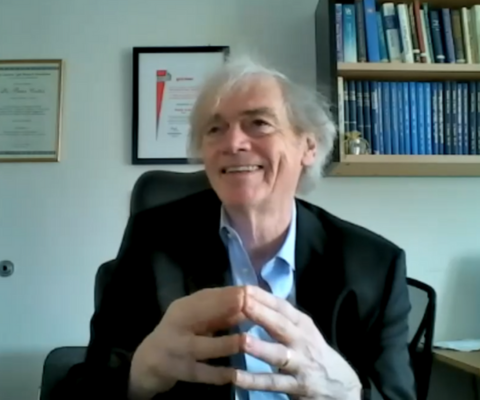Canadian investment in Big Science
Art McDonald, Nobel Prize winner and professor emeritus of Queen’s University:
There are very fundamental questions that can be addressed, as was certainly true with our project, but I think it’s important in choosing those projects to choose ones that – where Canada has major natural advantages in the first place.
If I take the example of the CFI program, which ended up funding SNOlab, beyond the SNO project, where we were in national competition, the three projects that were chosen were SNOlab where there really is a major advantage in the sense that we have cooperation from Vale to being two kilometres underground and eliminate cosmic radiation and create the lowest radioactivity location in the world.
The Neptune Project, which is instrumentation of the waters off Vancouver to give opportunities in oceanography where Canada of course is a world leader, and this is going to give people the opportunity to – to participate. And the Amundsen – Amundsen icebreaker in the North.
I mean you can see the Canadianism, if you like, of these projects. These are natural advantages where if Canada makes investments, they can be world leaders in the particular areas that you’re talking about.
The director of the Sudbury Neutrino Observatory (SNOLab) and professor emeritus of Queen’s University, Arthur B. McDonald, how investing in the right research projects will help Canada become a world leader.
Tagged: Research and innovation




